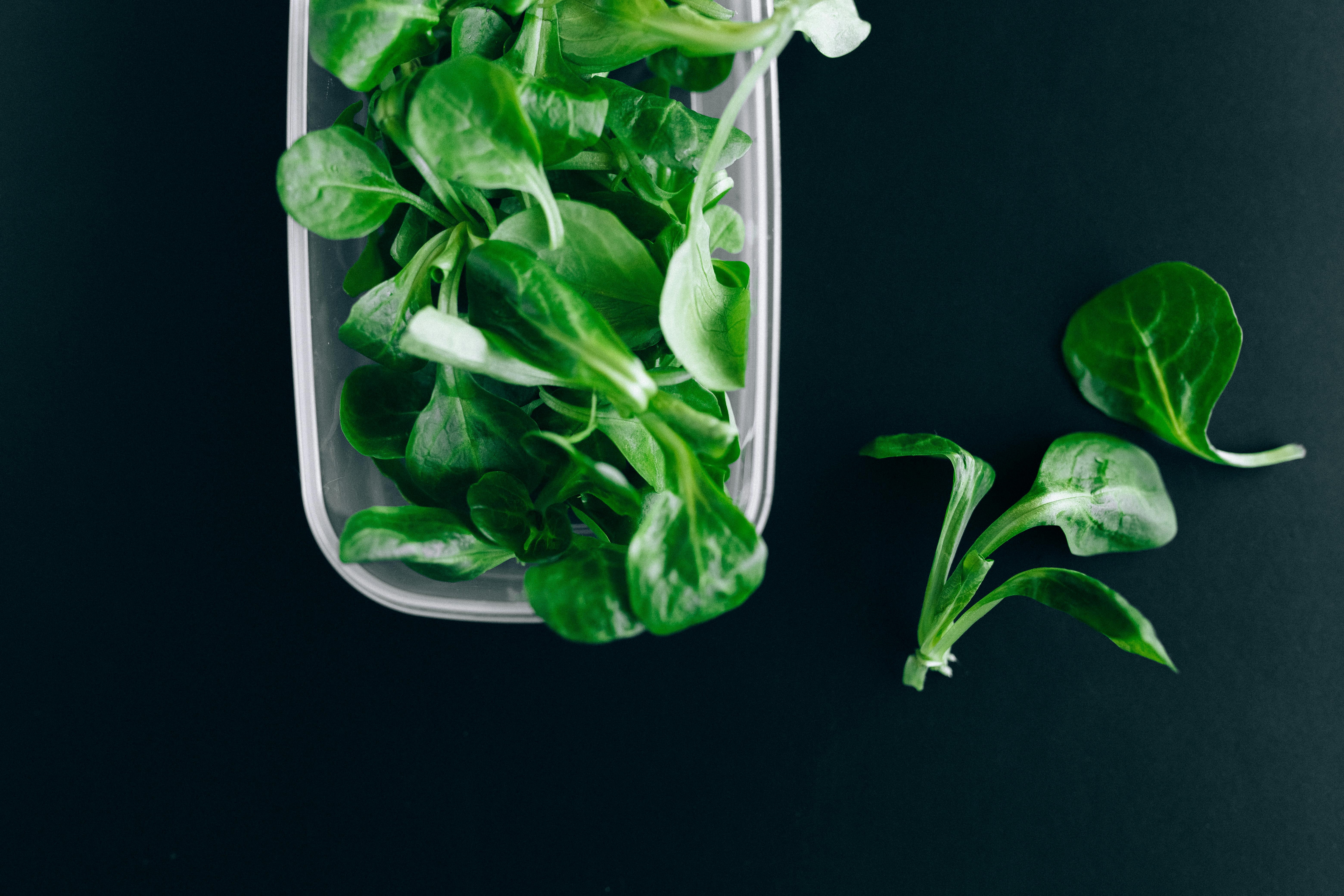
The best thing you can do to keep your knives sharp and avoid dulling the edge of the blade is to make sure you use it on the proper cutting surface. Using a cutting board made of glass, stone, stainless steel, or ceramic will quickly dull your knife. Therefore, it is advisable to avoid using your good kitchen knives to cut food directly on ceramic or porcelain tableware or on granite or marble countertops. The best option is to use cutting boards made of wood, bamboo, plastic, or synthetic material because they will not dull the blades.
It is also important to keep knives clean. Ask any professional chef how to wash a good knife and I bet 99 times out of 100 you’ll get the same answer and a stern one: A kitchen knife should always be hand washed after each use with a mild liquid detergent. and then completely dried with a towel. And then that same chef will tell you, and with great emphasis, that a good knife should NEVER be washed in a dishwasher because the heat and steam will ruin the wooden handles and the knife can be easily dulled if thrown in the dishwasher.
All of that said, I have to admit (and I realize I may be about to incur the disdain of many amazing chefs by doing so), that I sometimes wash my knives in the dishwasher because, for safety reasons, it’s not like handle a sharp blade with wet hands. For this reason, I only buy knives with plastic or composite handles because knives with wooden handles should not go in the dishwasher. And I’ve never had a problem with my knives getting dull there, although I’m very careful about how I load them.
If you choose to wash your knives in the dishwasher, be sure to place them securely on the top rack of your dishwasher so they don’t shift during the wash cycle and don’t use the heat dry cycle. For safety reasons, be careful when unloading the dishwasher. And remove knives from the dishwasher immediately after the wash cycle is complete.
In addition to keeping your knives clean, it’s a good idea to keep them sharp and aligned. A sharpening steel is an essential piece of equipment if you want to keep your knives in top shape. Honing steel is not a sharpener, but rather is used to realign and straighten the cutting edge of the blade. By pulling the edge of the knife along the honing steel, the blade can be brought back to the correct angle. Manufacturers recommend using a sharpening steel every time you work with your knives.
As far as sharpening your knives, there are a number of home knife sharpeners on the market today and many of them do a good job of bringing your blades back to a reasonably sharp edge. Manual sharpeners are significantly less expensive than their electric counterparts, but they don’t seem to be able to handle a blade that’s pretty dull. If you keep up with your knives and the blades are slightly dull, the manual knife sharpener is probably right for you. If not, you’ll probably want to invest in an electric sharpener. When shopping for an electric knife sharpener, you may want to consider getting one that includes a non-motorized slot that can be used as a sharpening steel. This will save you from having to buy the steel in addition to the sharpener. Also, the honing mechanism of electric sharpeners is much easier to use than traditional honing steel.
The other option for sharpening your knives is to take them to a professional knife sharpener. This choice is certainly less convenient than running your blade through a sharpener at home, but nothing can give your blades a sharper edge than a seasoned professional. In fact, many professional chefs say that having a professional knife sharpener sharpen their knives is the only way to go.
If you’re interested, most good cookware stores can refer you to a qualified person. Or, you can also look under ‘Sharpening Services’ in your local yellow pages.